Croatia: A country that is home to around four million inhabitants. A country that has existed as a parliamentary republic since 1992 and has always seen positive economic, social and (democratic) political developments. Therefore, this report shall give a brief overview of the country’s structure.
Croatia since World War II
Until 1941, Croatia was part of the Kingdom of Yugoslavia. This was followed by a Croatian state under fascist leadership (“Ustasha”), with control being held by the German Empire and Italy. In 1945, the People’s Republic (Socialist Federal Republic) of Yugoslavia was proclaimed under Josip Tito, of which Croatia also became a part. From the 1980s, dissatisfaction spread among the Croatian population – caused by the economic crises and the desire for separation. The result of the first free elections in 1990 represented this crisis: the Croatian Democratic Community (HDZ party) won the majority of votes with the promise of transforming Yugoslavia into a federation of sovereign states. This outcome was overshadowed by the conflict between Serbia and Croatia, which resulted in an uprising by Serbian extremists who demanded the continuing existence of Yugoslavia. In the meantime, even 30% of Croatian territory was under Serbian control, who terrorized the Croatian population. Only an initiative of the European Community ensured a truce. She also acknowledged the independence of all Yugoslav republics and stated the disintegration of Yugoslavia. As a result, Croatia and Slovenia directly declared their independence and autonomy in 1992. The first constitution of the democratic state of Croatia came into force in 1992, but was renewed in 2001 to consolidate the basic structures of parliamentary democracy. [1]
Current political conditions
The Croatian one-chamber parliament consists of 151 members, eight of whom represent national minorities. A 5% hurdle must be overcome to enter parliament, the legislative period is five years and elections are based on proportional representation. There is a very diverse political landscape in Croatia: around 100 parties exist in total; However, the HDZ party, the SDP (social democratic party), Most (liberal conservative list), Možemo (“We can do it”) and DPMS (right-wing populist party) are particularly active or conspicuous. In addition to the parliament, the government also forms the executive branch of Croatia. It directs the state, administers it, and is headed by the prime minister. The government has been headed by Andrej Plenković from the HDZ party since 2016, who is also the leader of this party. The president represents the country, is the commander-in-chief of the armed forces, confirms the government after parliamentary elections and is also elected for five years. Zoran Milanovic has been President since 2020. [2]
Economic developments
To this day, Croatia is considered the largest and most successful economy in the former Yugoslavia. Since becoming independent, the country has recorded constant economic growth. Although the economic crisis of 2009 had serious consequences, the joint to the EU restored a balance. Initially it was just a stabilization and association agreement, but it brought great progress to the country in 2013: Since the joint to the EU, the unemployment rate has been falling, prices are low, private consumption, as well as the volume of foreign trade and industrial production are increasing.
In addition to the EU, Croatia has also been a member of NATO since 2009, as well as numerous other international organizations such as the WTO, CEFTA, OSCE.[3]
Christine Tapler

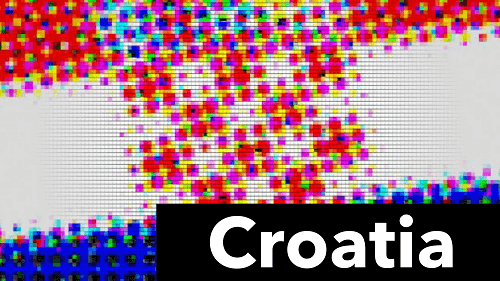
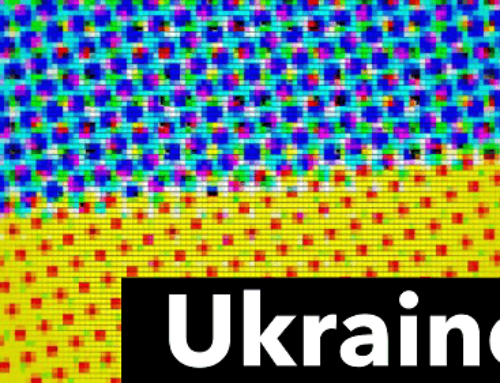
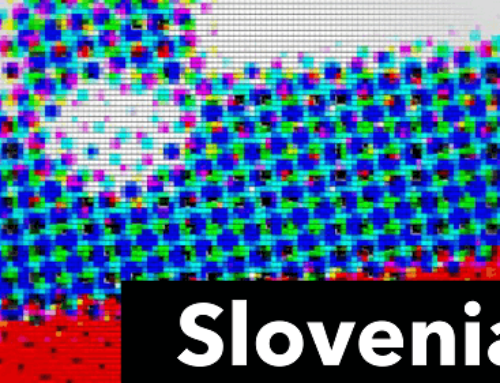
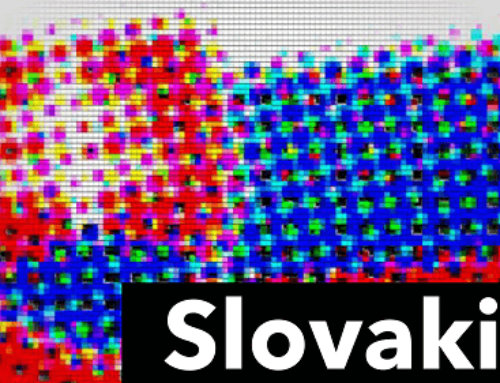
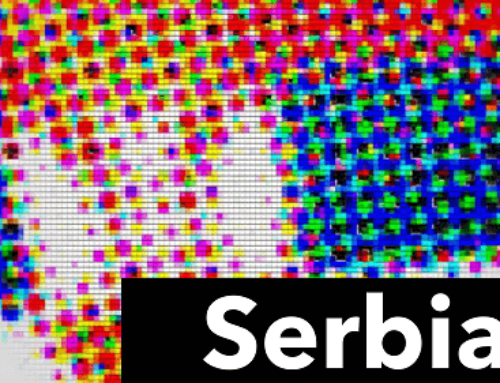
Leave A Comment